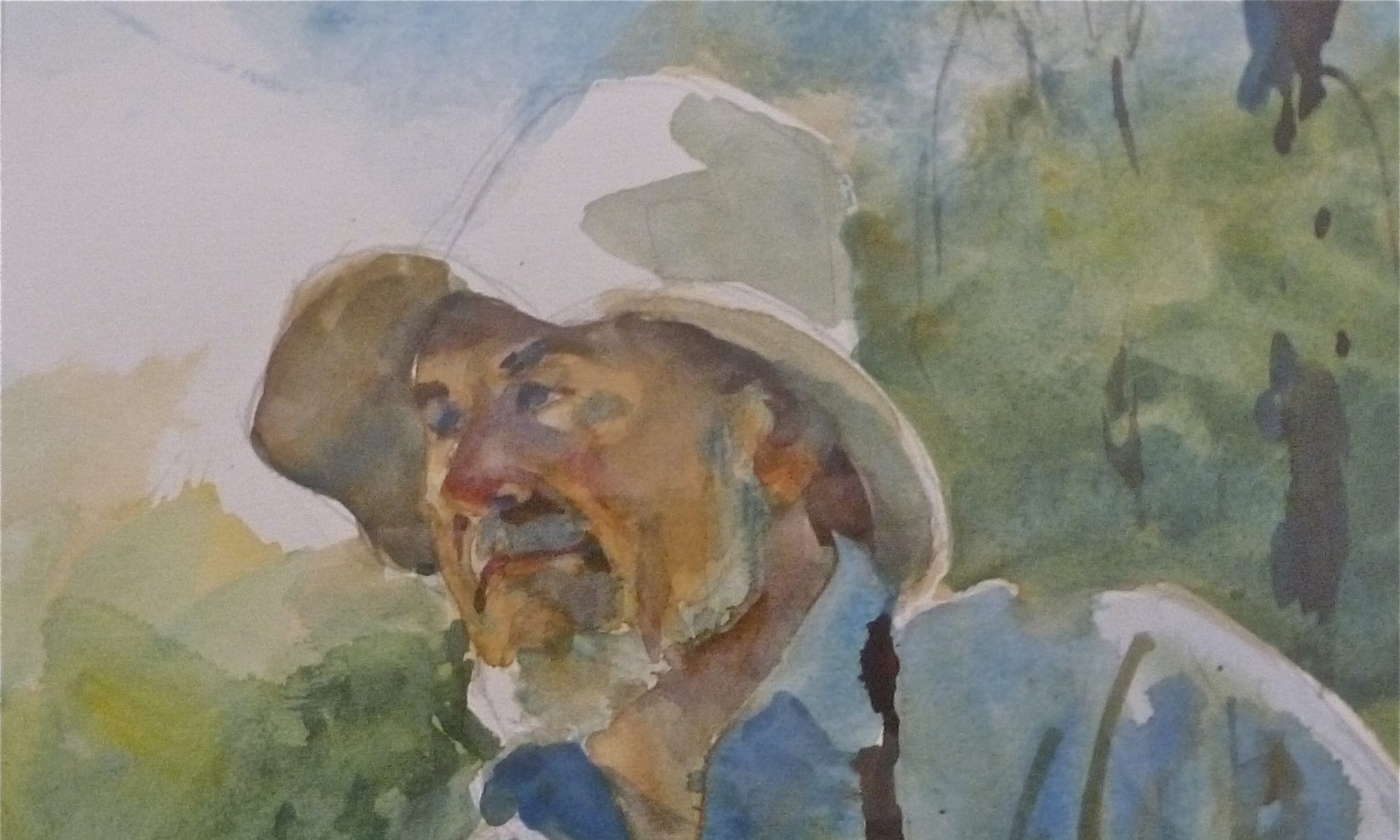Many weekends were spent on Duxbury Beach resulting in many, many stories. The first five years were with the old 1936 International, a two-wheel drive over-sand vehicle. However, being a 1936 truck, it rode like a truck! It was under-powered, hard to steer, had poor brakes, and a gear ratio not suited for off-road driving! So why in hell did I use it? It was free. My Dad gave it to me and the cost to convert it was not much money…..a good thing, because I didn’t make much. So with the above con’s, a short trip to Duxbury Beach was in my favor.

In the early days I simply drove to and over the half-mile wooden Powder Point Bridge….then made a right turn onto the “Back Trail” on the Bay-side.

Powder Point Bridge, Duxbury, Mass. (upper L), To Duxbury Beach…a right turn to High Pines, 1.7 mi., another 2 mi. to the Gurnet, now Plymouth. Then 2 mi’s to the Western Point of Saquish.

At a low tide, the beach side was the easiest route to your destination. However, at a high tide, the back road was your only choice, even though the water filled many low areas. It was a slow trip weaving in and out… trying to stay above the salt water. Back then, there were dunes ten feet high …maybe more. There were numerous coves within these dunes that would accommodate 4 or 5 rigs, so you could join your friends or they would join you.
In my early days, it was just my girlfriend and me. Most of our friends then were single.
Interests varied from hiking, swimming, camping, striped bass fishing and shell-fishing. Beer drinking was a requirement! Camping gear was primitive. Cooking was usually done over a campfire and campfire wood was scarce.
I was in the woodworking business so my scrap wood was always bagged up and dragged along using up much of the truck-bed space.
Any driftwood was a welcome addition. If it contained any metal or copper, it made for pretty colors and the smell of salt water driftwood is like no other.
 Compliments of Grace “Dee Dee” Dunn.
Compliments of Grace “Dee Dee” Dunn.
A little more than half way down the beach was a high point called High Pines that had a hunting camp on it. It was nearly covered with wind blown sand dunes, along with beach plum bushes. Poison ivy had a foothold there too. I understand a waterfowl hunter from Duxbury named Burt Hunt built or owned this camp as a duck hunting lodge in the 20’s & 30’s. It was also used in my time, and Google Earth shows that it’s still there, although no longer a shack!
A short distance south brought you to the Gurnet & Gurnet Point…a high ledge at the mouth of Plymouth Harbor. A lighthouse is at it’s highest point, a Coast Guard installation, numerous camps and year around homes are now there. The east and south sides are cliffs to the ocean. The west side is attached to Saquish beach, the head & west end with many camps within the sand dunes. It’s quite private and little room for visitors or camping. It’s a beautiful spot with Plymouth, Kingston, & Duxbury Bay nearly surrounding the spit.
Clark’s Island is just off-shore to the northwest. It’s an historic area with records of the Pilgrims being anchored nearby in November, 1620, waiting to explore the upland to establish a settlement.
The area mud flats are a shell-fishing mecca. I have dug steamers, Quahogs , (cherrystones & littlenecks), razor clams & sea clams.

Getting back to the beach approaching the Gurnet, we set up camp so I could go skin-diving off the rocky ledge that runs out from the Gurnet. A spear gun always provided us with a flounder or tautog… a favorite fish to cook on the open fire.
 Returning from a catch.
Returning from a catch.
A low tide was required to dive the rocks in search of lobsters.
Any catch of lobsters, plus a few steamers, made a happy day for a clam bake.
This was a good day….. 2 lobsters & 2 crabs.

We would dig a pit in the sand, line it with stones, then a fire was built within to get the rocks hot enough for cooking. A pile of seaweed was placed over the hot rocks. Then lobsters and corn were placed on top, followed by clams and seaweed. A tarp, covered with sand, was placed over the whole pit.
 Loading up the firewood
Loading up the firewood

Covering the catch with rockweed
 I always had some dread of the cooking results,
I always had some dread of the cooking results,
Done? Not done? Overdone?

I will admit, we never had a disaster. If anything was over cooked, it was the littlenecks. They have to be removed from the heat when they pop open or they get rubbery!
 Another happy day for all.
Another happy day for all.
An hour’s wait & a few beers later, we would open the pit. That was an exciting and rewarding experience every time we had that opportunity.
“The Good Ole Days”.
Oh how I long for days like that again.
My girlfriend of 5 years and wife of 60 years (the same wonderful person), often reminisce of our days on the beach.
“The only B.S. I want is the ”Beach and Sunshine”. And, once there, followed by more B.S.S., “Beer, Sunshine and the Surf”.
“Life, the way it should be.”
Next; Our early days on Sandy Neck Beach, Barnstable Ma.
W. Ray Freden. Marshfield Seaview ….70 years.
” Down East Maine”…..17 years.



 by W. Ray Freden 2019.
by W. Ray Freden 2019.
